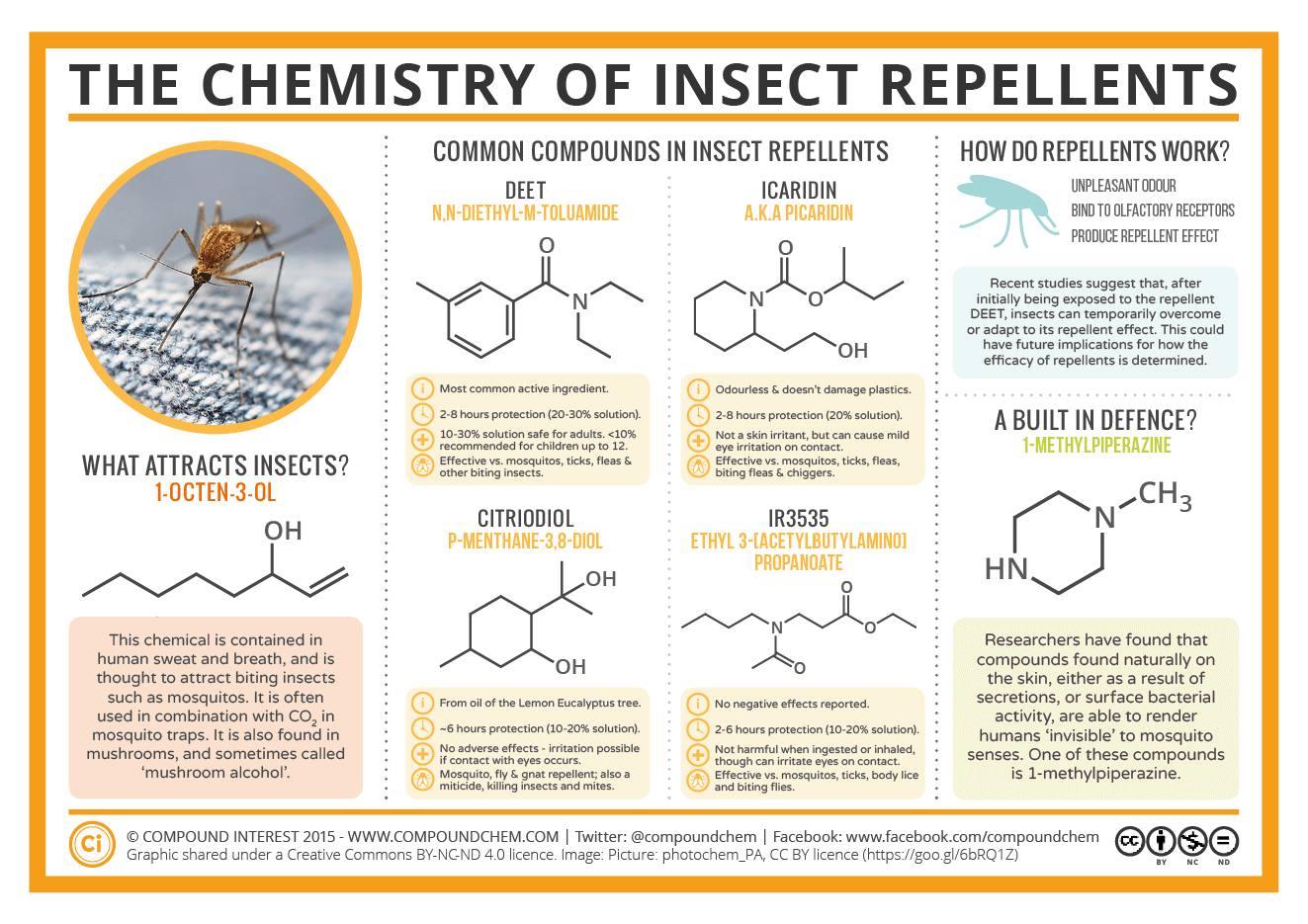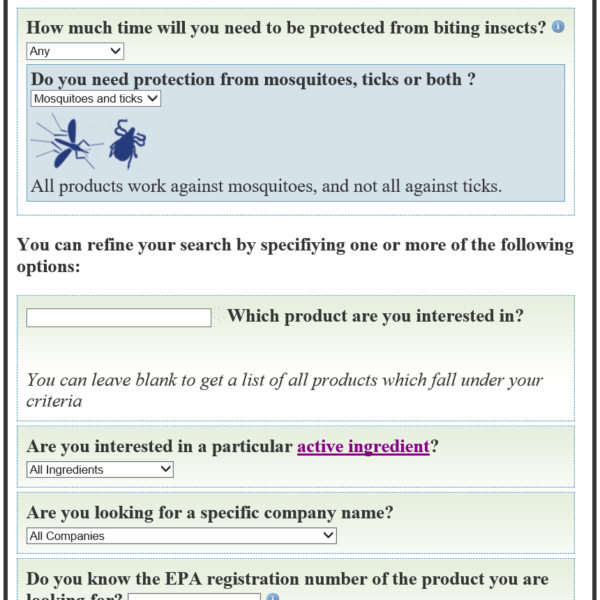The insect repellents we rely on in the great outdoors are a type of pesticide. People often think the term “pesticide” refers only to a product that kills insects, but pesticide is a broader term that includes products designed to repel – not kill – pests. Spray-on insect repellents, for example, simply make people less attractive to the pest.
To prevent bug bites from pests like mosquitoes and fleas, the U.S. Centers for Disease Control and Prevention (CDC) recommends using U.S. Environmental Protection Agency (EPA)-registered insect repellents. EPA-registered insect repellents have been evaluated by the agency and approved for safety and effectiveness when used as directed by the product label. EPA also evaluates the product to determine that they do not pose risks to more vulnerable populations, like children and pregnant women.
Insect repellents also contributes to the protection of public health by helping to prevent the transmission of viruses that insects can carry, such as the Zika virus, malaria and the West Nile Virus.
What is in insect repellent?
EPA-registered insect repellents most often contain citronella oil, lemon eucalyptus oil and DEET, among other ingredients. EPA also has approved other common insect repellent ingredients, listed below:
- Picaridin (also known as KBR 3023, Bayrepel, and icaridin)
- Oil of lemon eucalyptus (OLE), also known as para-menthane-diol (PMD)
- IR3535
- 2-undecanone (methyl nonyl ketone)
However, according to the CDC, these ingredients may not be as effective as DEET in repelling ticks or other bugs.
The most commonly used bug repellent application is spray-on, but bug repellents can also come in roll on, lantern and candle forms.
What you need to know about DEET and safety:
- According to the CDC, DEET products used as directed should not be harmful, although in rare cases DEET products can cause skin irritation.
- The EPA has stated that the “normal use of DEET does not present a health concern to the general population, including children.”
- For the safe and effective use of insect repellent products, read and follow label instructions.
Learn more about insect repellents and bug sprays with answers to common questions below:
How long has DEET been used in insect repellents?
The U.S. Army developed DEET in 1946 to protect soldiers in insect-infested areas. Since 1957, the public has used insect repellents containing DEET.
What are the dangers of DEET?
The EPA has stated, “normal use of DEET does not present a health concern to the general population, including children.” In rare cases, using DEET can cause skin irritation.
How does DEET work?
DEET does not kill mosquitoes, but it helps deter and repel bugs from finding their next meal – us! DEET works by interfering with neurons and receptors located on the mosquito’s antennae and mouth-parts that detect potential meals. Basically, DEET makes it harder for bugs to smell us.
Is DEET safe for kids?
Decades ago, there was some controversy around the safety of DEET. EPA completed a comprehensive re-assessment of DEET in 1998 and concluded that insect repellents containing DEET do not present a health concern. In 2014, EPA updated its review of DEET based on current scientific findings and restated that the normal use of DEET does not present a health concern to the general population, including children. In fact, DEET is approved for use on children of all ages.
What is “chemical free” insect repellent?
No insect repellent is “chemical free,” as everything is made of chemicals, even water and air. Some insect repellents are made with only natural plant oils, which have not been evaluated by EPA for effectiveness. The CDC recommends using EPA-registered insect repellents that have been tested for safety and effectiveness.
What should be used first, insect repellent or sunscreen?
According to the CDC, people should apply sunscreen first and insect repellent second. In general, the CDC recommends use of separate insect repellent and sunscreen products. However, the CDC also notes that a sunscreen’s SPF level may decrease when a DEET-containing insect repellent is applied after sunscreen, so people may need to reapply sunscreen more frequently if using the products together.
Learn more about the chemistry of insect repellents with this infographic from Compound Chem:


What insect repellent is right for you?
Find out what the EPA suggests.

